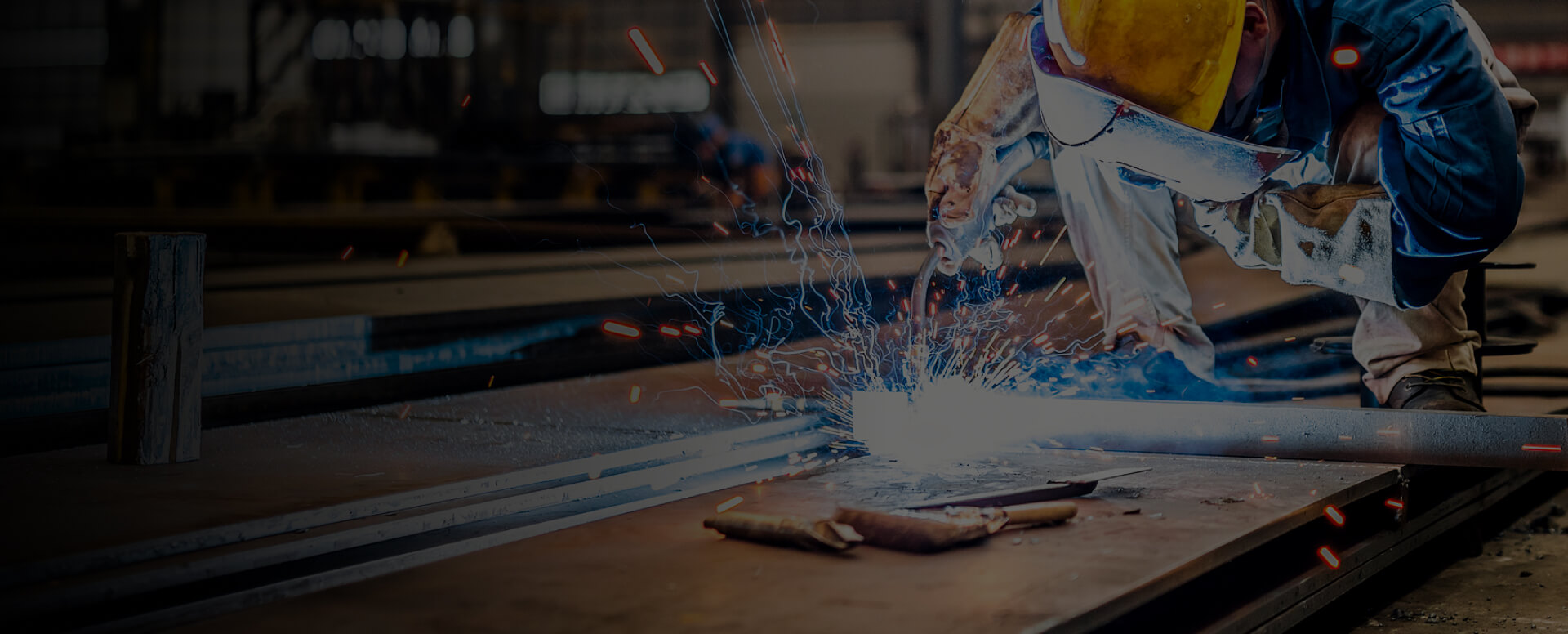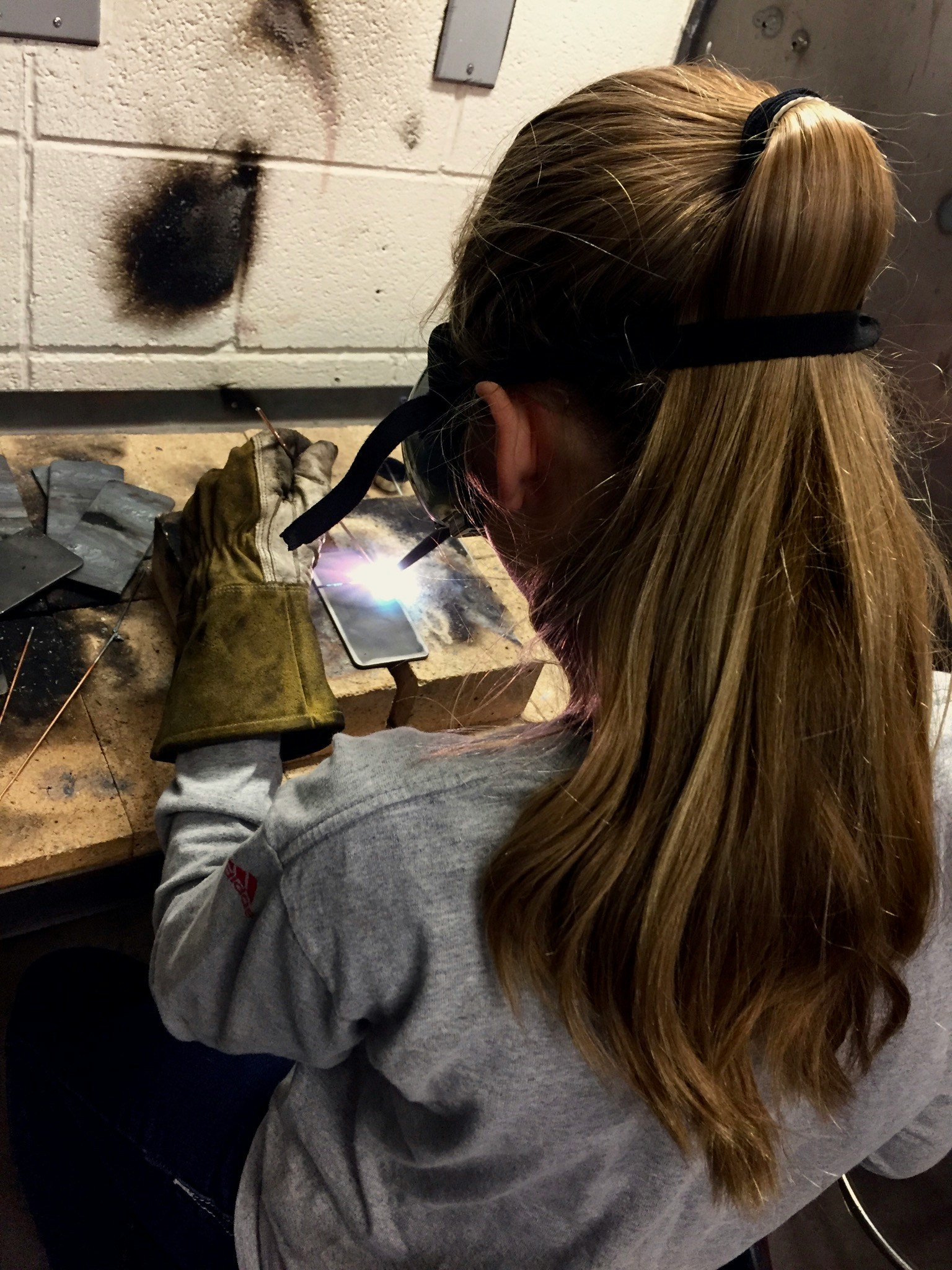
Principles of Plasma-Rock Interaction
Rock thermal conductivity: Dense rocks like basalt require higher energy input. Plasma velocity: High-speed jets remove molten material for continuous cutting. Mineral composition: Quartz-rich rocks melt at ~1,700°C, while carbonates decompose at lower temperatures.
Rock-Type-Specific Cutting Characteristics
High melting points (1,200–1,400°C) require sustained high-energy plasma. Coarse-grained varieties may fracture unevenly under thermal stress.
Softer and more porous, allowing faster cutting speeds. Carbonates (e.g., limestone) may calcine, releasing CO₂.
Variable reactivity due to mineral alignment and crystallinity. Intermediate cutting difficulty between igneous and sedimentary types.
Industrial Applications and Limitations
Equipment wear: Nozzle erosion accelerates with abrasive rock dust. Cost inefficiency: Operational expenses often prohibit large-scale use.
Related Articles

Does Plasma Cutting Harden Steel? Understanding Thermal Effects and Mitigation
Plasma cutting can induce localized hardening in the heat-affected zone (HAZ), with the extent of this hardening depending on factors such as cutting speed and steel composition. This article examines the mechanisms, research findings, and practical implications of plasma-induced hardening.How Plasm

Mastering MIG And TIG Welding: 5 Essential Torch Techniques for Flawless Results
Welding is an art that combines precision, skill, and a deep understanding of materials. Whether you're an experienced professional or a beginner, refining your torch techniques in MIG and TIG welding can elevate your work from functional to exceptional. Here are five key methods to help you achieve

Manual vs. Robotic Welding: Key Differences and Applications
Manual welding relies on human skill to perform joins, while robotic welding utilizes programmed machinery to achieve precision and efficiency. Understanding the distinctions between these methods helps in selecting the right approach for specific projects.Precision and ConsistencyManual Welding: Qu

Do You Need a Mask for Plasma Cutting?
Yes, wearing proper respiratory protection is essential when operating a plasma cutter. A well-chosen mask protects operators from hazardous fumes, airborne particles, and indirect radiation exposure, making it a non-negotiable part of plasma cutting safety protocols.Primary Hazards of Plasma Cuttin

How Cost-effective Is The Hot Wire TIG System?
Tungsten Inert Gas (TIG) welding is celebrated for its ability to create exceptionally clean and high-integrity welds. A key factor limiting its wider application on thicker materials, however, is its relatively slow speed. Hot Wire TIG welding addresses this limitation head-on, representing an adva

What Are The Differences between Laser Cutting And Plasma Cutting?
Laser Cutting vs Plasma Cutting: Key Differences, Applications & Cost AnalysisLaser cutting and plasma cutting are two distinct industrial cutting processes that utilize different technologies. Laser cutting employs a focused light beam, while plasma cutting uses ionized gas to slice through materia

